Recently, there has been a lot of talk about Google’s accelerated mobile pages project (or AMP for short), so to let you know what is going on, we put together this crash course on what AMPs are and what this could mean for e-commerce.
What Is AMP?
The AMP framework is an open technical standard that is similar to Apple News and Facebook Instant Articles. The framework is meant to speed up mobile page load, and include structured data to mark up content, and streamline ads and other more complex code to improve the mobile experience. AMP pages are able to load almost four times faster than standard mobile pages because of the streamlined code.
AMP HTML is a new way to make web pages that are optimized to load instantly on the user’s mobile device. Additionally, AMP HTML is not a template based system, instead it is built on already existing web tech. This being said, publishers will continue being able to host their own content, innovate their UX, and integrate AMP into their business models.
How Could E-Commerce Benefit from AMPs?
While the AMP project says that “news” will be the first type of content supported, it’s very light on the details as to what constitutes “news” in the first place. What we do know is that articles, recipes, reviews, and video are the content types offered as examples.
For most ecommerce sites, the primary content type outside of sales funnel related pages is articles. However, we have to clarify what counts as an article to AMP since it relies on structured data mark-up outlined on schema.org. According to schema.org an article “[is] a news article or piece of investigative report. Newspapers and magazines have articles of many different types and this is intended to cover them all.”
By this definition, most pages on e-commerce sites would not qualify as an “article” for the AMP framework. However, consider the articles found in different hobby and trade magazines; how-to’s, tips, industry trends. All of these are prime examples of articles for magazines and newspapers.
So, to clarify, your BOGO landing page would not count as an article. While it is a piece of content and it is textual in nature, it doesn’t qualify for the definition of article as defined by Google and schema.org. But, your long-form and step-by-step content giving customers different tips and tricks (i.e. “how to waterproof your boots in 5 steps”) all qualify as articles. Your business’ blog may also contain articles if it isn’t too focused on what your company wants versus what the customer wants to hear. As long as your long-form or blog content is geared towards giving your customers information that they want in a format that includes a decent amount of text, you have an article you could use for the AMP framework.
As you build out more long-form content, consider using this framework. Since it is fairly new, there are very few businesses outside of news organizations using it. This framework would be a great way to get ahead of the competition and create new entry points for prospective customers into your business’ sales funnel.


